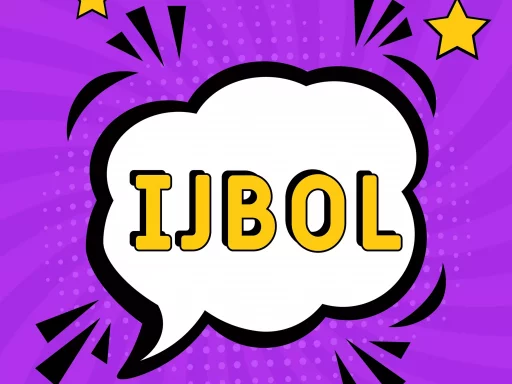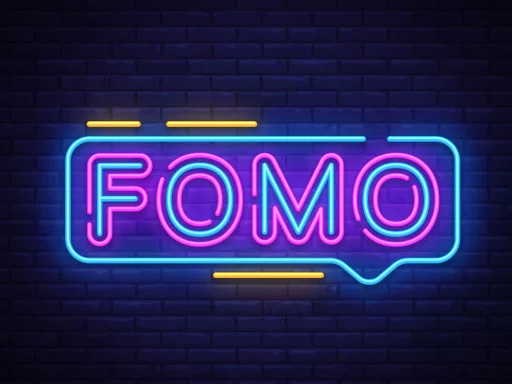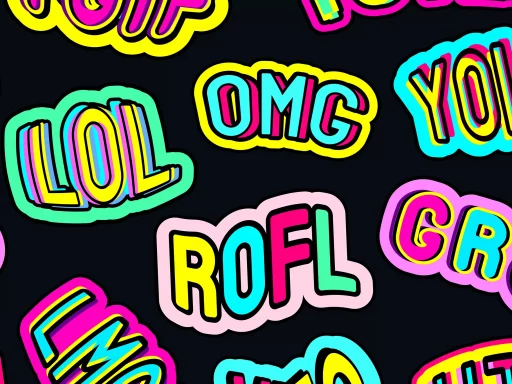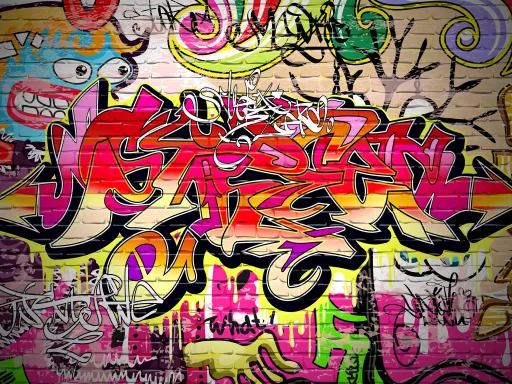Introduction to OT Slang
In various subcultures and professions, specialized jargon often emerges to facilitate communication within the group. OT slang, or Occupational Therapist slang, is one such language that has developed among occupational therapists and related fields. This article delves into the origins, examples, case studies, and the significance of OT slang in enhancing both professional communication and client interactions.
The Origins of OT Slang
The development of OT slang can be traced back to the establishment of occupational therapy as a profession in the early 20th century. Occupational therapists began to create a lexicon that encapsulated the nuances of their practices, helping practitioners convey complex ideas succinctly. As the profession grew, so did the slang.
Common OT Slang Terms
Here are some popular OT slang terms that illustrate the unique language of occupational therapists:
- ADLs: Activities of Daily Living. Refers to the basic self-care tasks such as eating, bathing, and dressing.
- OTR: Registered Occupational Therapist. Indicates a certified professional within the field.
- IADLs: Instrumental Activities of Daily Living. These are more complex tasks essential for living independently, such as managing finances or cooking.
- SENSORY: Often refers to sensory integration, a common focus in therapy aimed at helping clients process sensory stimuli.
- FIM: Functional Independence Measure. A scale used to assess a client’s level of disability and how much assistance they require.
Case Studies: OT Slang in Practice
Understanding the context and effectiveness of OT slang can be clarified through case studies that examine communication between occupational therapists and their clients or each other.
Case Study 1: Enhanced Communication with Clients
In a pediatric occupational therapy clinic, a therapist consistently used terms like “ADLs” and “sensory play” with parents. Initially, parents felt confused, as they were unfamiliar with these abbreviations. However, after a few sessions where the therapist took time to explain these terms, they started using them in discussions. This not only improved communication but also engaged parents more actively in their child’s therapy, allowing for improved outcomes.
Case Study 2: Collaborative Teamwork Among Therapists
In a rehabilitation center, a team of occupational therapists regularly used OT slang to discuss clients’ progress. For example, during team meetings, a therapist might say, “Client A is making strides on their IADLs, particularly meal prep, but still struggles with fine motor skills in ADLs.” This use of OT slang helped in rapidly communicating clients’ needs, enabling the team to devise a more targeted treatment plan efficiently.
Statistics and Trends
Analyzing the prevalence of OT slang highlights its significance in the field. A survey among 200 registered occupational therapists revealed that:
- 90% reported using slang regularly in daily practice.
- 75% believed that it establishes camaraderie among colleagues.
- 85% found that it improves narrative efficiency while documenting client progress.
These statistics underscore the importance of OT slang in fostering a sense of community while enhancing productivity in communication.
The Importance of Clear Communication
While OT slang can facilitate communication among therapists, it’s essential to balance this with the need for clarity, especially when interacting with clients and their families. The use of jargon can create barriers if stakeholders are not familiar with the terminology. Therefore, occupational therapists are encouraged to:
- Explain any technical terms when engaging with clients and their families.
- Encourage questions to facilitate understanding.
- Balance efficiency with comprehensibility in documentation and communication.
Conclusion
OT slang is a unique aspect of the occupational therapy profession that simplifies complex concepts among practitioners. As the field continues to evolve, so too will its language. Understanding and adapting to this slang can greatly enhance communication both within the profession and with clients, ultimately leading to better care and improved occupational outcomes. Occupational therapists should strive to maintain a balance between the use of jargon for efficiency and ensuring clear, accessible communication for everyone involved.






